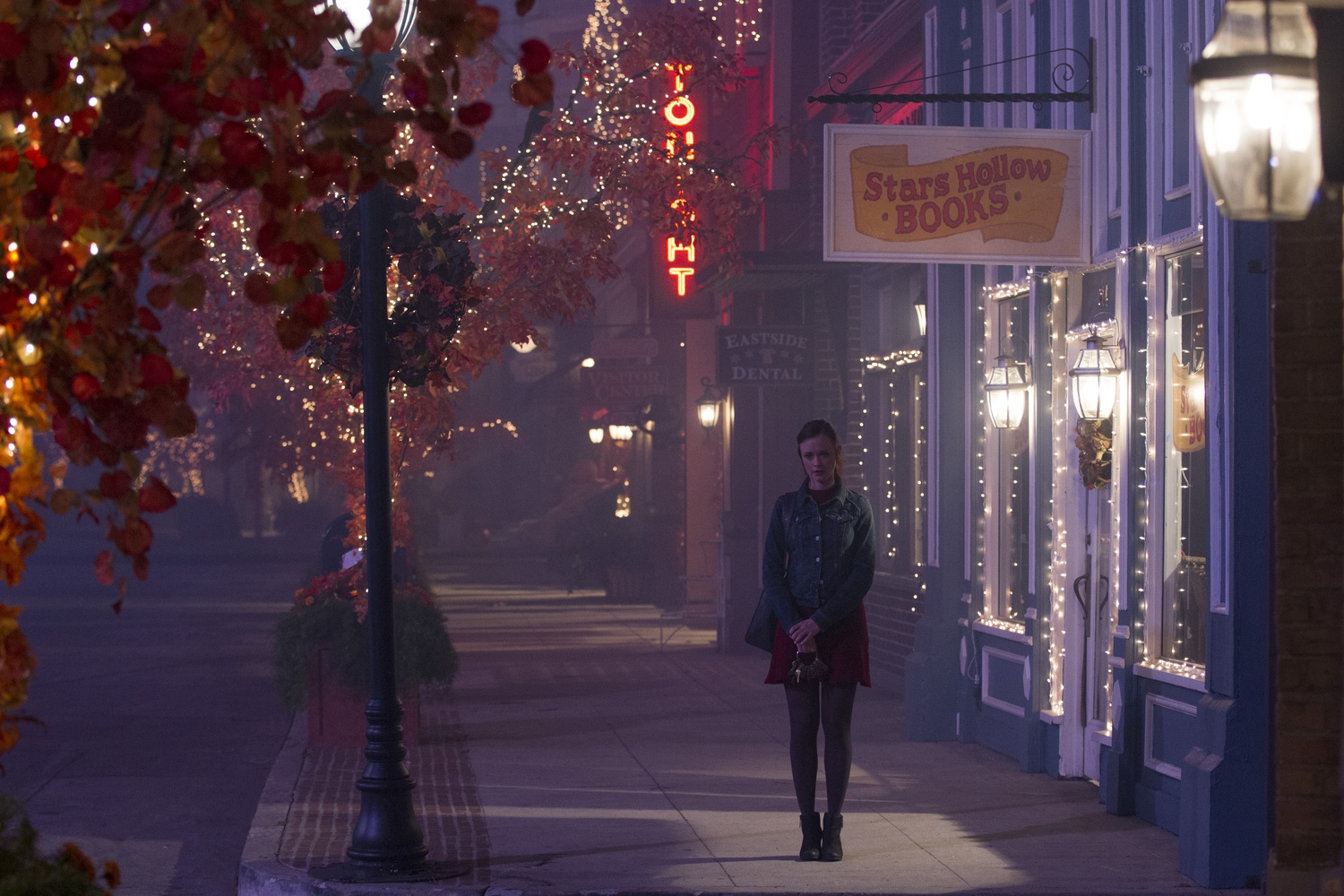
News
Summers Will Not Finish Semester of Teaching as Harvard Investigates Epstein Ties

News
Harvard College Students Report Favoring Divestment from Israel in HUA Survey

News
‘He Should Resign’: Harvard Undergrads Take Hard Line Against Summers Over Epstein Scandal

News
Harvard To Launch New Investigation Into Epstein’s Ties to Summers, Other University Affiliates

News
Harvard Students To Vote on Divestment From Israel in Inaugural HUA Election Survey
I Don’t Care If You’re Team Jess or Team Logan: On ‘Gilmore Girls’ at 25

“25 years ago, a show called ‘Gilmore Girls’ premiered and apparently took the season of fall hostage,” said Lauren Graham at the 2025 Emmy Awards, where she reunited with her ‘Gilmore Girls’ co-star Alexis Bledel.
This October marks the 25th anniversary of the beloved TV show “Gilmore Girls”. Created by Amy Sherman-Palladino and starring Graham and Bedel, the dramedy follows a young mother and her daughter, Lorelai and Rory Gilmore, and their life in the fictional Connecticut town of Stars Hollow. At its core, the show is about belonging. From Stars Hollow’s unique and quirky characters, to Lorelai and Rory’s enduring mother-daughter relationship, the emotional warmth that radiates from the screen has cemented “Gilmore Girls” as a comfort watch for many.
Despite a narrative that foregrounds independent women, however, the current discourse on “Gilmore Girls” is dominated by its portrayal of romantic relationships.The irony is very revealing.
When “Gilmore Girls” premiered in 2000, it broke ground for women-centric television. At a time when popular series like “Gossip Girl” and “The OC” framed female characters primarily through their relationships with men, “Gilmore Girls” told the stories of women whose passions existed independently. Lorelai was a single mother who built her life on her own terms while simultaneously raising her daughter, Rory, an ambitious student bound for the Ivy League.
Compared to other mainstream TV shows at the time, like “Friends,” “Gilmore Girls” stepped beyond the stereotypical bounds that women’s character arcs followed. “Friends” featured some strong female characters, like Rachel (Jennifer Aniston), Monica (Courteney Cox), and Phoebe (Lisa Kudrow). But the show just couldn't avoid stereotyping them when making a joke about their actions or personalities.
While the mother-daughter duo lies at the core of “Gilmore Girls”, the series also gave rise to one of the most passionate debates in TV: Who is the best boyfriend for Rory? Were you Team Jess (Milo Ventimiglia) or Team Logan (Matt Czuchry)? God forbid you were part of Team Dean (Jared Padalecki). Or were you different and part of Team Tristan because your celebrity crush was Chad Michael Murray?
The discussion on Reddit surrounding the relationships in “Gilmore Girls” is abundant. There will always be a fan disagreeing on another fan’s take on why Dean wasn’t such a bad boyfriend to Rory. On the other hand, the fandom unanimously agrees that Dave Rygalski (Adam Brody) was the best of all the boyfriends because he read the whole Bible in one night in order to take Lane (Keiko Agena), Rory’s friend, to the prom. Many even put in the time to rank or rate them, and of course, there’s still disagreement there.
What’s left undiscussed is that “Gilmore Girls” passes the Bechdel test with flying colors, an achievement that was rare for TV at the time. The women constantly talk to each other about other things besides their relationships with men — they talk about their work, family, and the absurd small town they live in. We watch Lorelai balance the demands of running an inn with raising her daughter, while Rory grapples with the pressures of Yale and her uneasy place in the elitist world she was never fully part of. Their conversations throughout the show form a beautiful story of the female experience that does not always depend on male validation. Yet, the men are still there. As Nylon noted, “For a show primarily about the relationships between three generations of women, there’s an annoying amount of men roaming around Stars Hollow.”
This fixation says much about the audience as it does about the show. It reflects a persistent cultural tendency to define women’s stories through the presence or absence of romantic validation. For instance, “The Summer I Turned Pretty” – based on the series by Jenny Han— has given way to a swarm of discourse since it first aired on Jun. 17, 2022. Fans can’t seem to decide which boy the main protagonist should choose: the older brother or the younger brother? Similar discourse surrounded love triangles in other popular franchises, like "Twilight". Clearly, there exists an ever-present impulse to anchor women’s stories in romantic choice.
Despite its premiere 25 years ago, “Gilmore Girls” remains as popular as ever, thanks to its second life on Netflix with the sequel mini-series “Gilmore Girls: A Year in the Life.” But it’s unfortunate that this romantic lens has shaped much of the show’s lasting popularity, overshadowing its themes of independence and self-discovery. Still, one can hope that the non-romantic messages of the show — rooted in female friendships, personal growth, and family — can continue to resonate with viewers and inspire women to see value in stories beyond just love.
—Staff writer Anastasia Poliakova can be reached at anastasia.poliakova@thecrimson.com.
Want to keep up with breaking news? Subscribe to our email newsletter.
